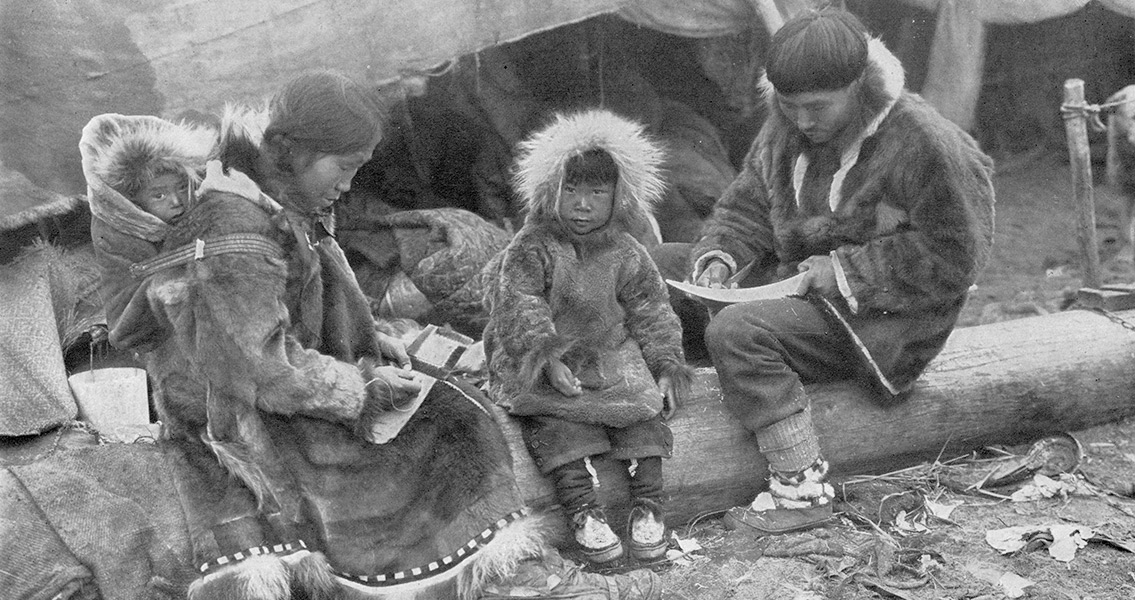<![CDATA[The ability of Inuit people living in Greenland to withstand sub-zero temperatures may be due to the genetic contribution from an ancient human ancestor, new research has revealed. Modern humans can adapt to some of the most extreme of geographical conditions through a number of processes, from living at high altitudes with ease to becoming inured to some of the most freezing temperatures. Anthropologists have long wondered on the mechanisms behind these human adaptations – and new genetic research into the Inuit to discover how they became inured to the bitter cold of the Arctic has borne fruit. It turns out that genetic variations in the Inuit, specifically those living in Greenland, may have allowed them to adapt by promoting the retention of insulating body fat. The genetic material may have come from an ancient human offshoot known as the Denisovans. Like the Neanderthals, the Denisovans were an evolutionary dead end - a form of archaic human from hundreds of thousands of years ago that eventually died out to make way for modern humans; also like Neanderthals, Denisovans are thought to have interbred with modern humans, passing on enough of their genetic material to have some of it survive today in certain slivers of the human population. According to study author Rasmus Nielsen, integrative biology professor from UC Berkeley, Denisovans, like their Neanderthal cousins, were present throughout the globe well before modern humans migrated from Africa. In an interview with the New York Times, Dr. Nielsen said that the interbreeding that went on between native Arctic Denisovans and modern humans moving into the area resulted in a genetic exchange that might have helped modern humans adapt to new, more hostile environments. The new research builds on that done by Dr. Nielsen and colleagues in the past, that discovered the Inuit had genetic mutations that could aid them in metabolizing their diet of sea mammals and saltwater fish more easily – particularly the unsaturated fatty acids found in seals, whales and other marine life found in and near Arctic waters. The new study chose to focus on another portion of the Inuit genome that seems to play a part in affecting developmental aspects such as body fat distribution; a comparison between modern Inuit genomes with those from Denisovan, Neanderthal, and other modern global populations revealed a high correlation between Inuit and Denisovan genes. In fact, the correlation was high enough for Dr. Nielsen to categorize it as “almost a complete match”. Compared to other modern genomes and Neanderthal genomes, Inuit DNA matched only partially, and then only in isolated circumstances, when it came to the region that controlled body fat distribution. The particular region has genetic material that could be instrumental in controlling how much brown fat is maintained by the body. Most often found in newborn children, the fat actively generates heat within the body by burning calories – something that has prompted the study of brown fat as a treatment for obesity. The recent research study, published in the journal Molecular Biology and Evolution, can be found here]]>
Denisovan DNA May Be Behind Inuit’s Cold Tolerance
